All about the origin of Santa Claus, aka Saint Nicholas, aka Father Christmas

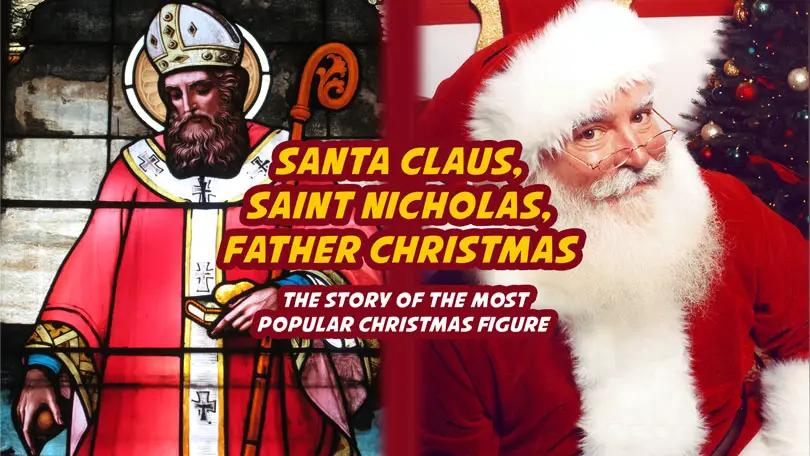
Many children in the world believe in the Christmas legendary figure called Santa Claus, who is said to reward good children all over the world with toys and sweets and give naughty children coals. Santa has so many other names, including Father Christmas, Saint Nicholas, Kriss Kringle, Saint Nick, etc. Regardless of what name you choose to call him, one thing is for sure – besides Jesus Christ, Santa is the next biggest star of Christmas. There can simply be no Christmas without Santa.
But who is this Santa? And why is he so important to Christmas? This post shall not only enlighten you about Santa’s origins, but it shall also answer the questions asked above and so many other pressing ones you might have in your mind about Santa.
Table of Contents
- Who is Father Christmas?
- Origin of Santa Claus
- How Saint Nicholas became Santa
- Origin of Santa’s Appearance Today
- Santa’s Profile in various Countries
Who is Father Christmas?
Santa Claus or Father Christmas is the cheery old man who goes around the world in a sleigh pulled by reindeer, distributing gifts to children around the world. Santa does his distribution normally on the night of Christmas Eve and the early morning of the Christmas day.
How does Santa look like?
Below are the characteristics and feature of Santa:
- Santa Claus is an elderly man with a flowing white beard and mustache.
- He is portly and always joyous.
- He is sometimes seen wearing spectacles.
- Santa always wears a red coat that has white fur cuffs and a white collar.
- He is always seen wearing a red pair of trousers with white fur cuffs.
- Santa wears a black belt and black leather boots.
- He is often seen carrying a big sack which contains gifts to be delivered to well-behaved children around the globe.
- Santa expresses joy and excitement with his trademark laughter “Ho-Ho-Ho!!!”

Santa’s Family
The Christmas hero is believed to be married to a woman commonly known as Mrs. Claus. Not much is known about Mrs. Claus except for the belief that she’s Santa’s wife. There is also currently no information as to whether Santa and his wife have children or not. Both Santa and his wife live with Christmas elves, whose job it is to help Santa in preparing Christmas treats for good children the world over.
Santa’s Abode
Legends tell that the home of Santa is located in an unknown village at the North Pole. In this hidden village, Santa mans a massive toy manufacturing workshop where his elves design and create toys for the good children all over the world. While the exact location of Santa’s village isn’t known, some believe that it is in Lapland, Finland. It is also believed that Santa’s home (village) has a secret passage, which nobody in the world knows except Santa himself and his elves.
Santa’s Gifts to Children on Christmas
On the eve of every Christmas and on the early morning of Christmas Day, Santa distributes gifts to children in all four corners of the world. The gifts are mainly toys or candies. Santa traditionally enters people’s homes through chimneys to deliver his gifts. When a child receives gifts from Santa, it automatically means they behaved very well.
If you are wondering how come Santa is able to do his distribution of toys around the world so fast, you should know that he rides in the sky on a sleigh carried by powerful reindeer that move with the speed of light! That’s how come he is able to circumnavigate around the world in a single night and deliver gifts to children all over the world.
Santa’s Reindeer
Traditionally, Santa’s sleigh was pulled by eight reindeer whose names are as follows: Prancer, Dasher, Comet, Vixen, Cupid, Dancer, Blixem (can also be spelled Blitzen or Blixen) and Dunder (also Donner or Donder). However, around the mid 20th century, the whole world discovered that Santa has a ninth reindeer called the Rudolph the Red-Nosed Reindeer (also known as Santa’s ninth reindeer”).
Rudolph the Red-Nosed Reindeer was actually created by American writer Robert L. May in 1939. In May’s story-poem, Rudolph, who has a big red nose that glows is often teased by and shunned by Santa’s other reindeer because of his nose. But on Christmas Eve, when the atmosphere becomes so foggy that the other reindeer can’t see their way, Santa asks Rudolph to lead the sleigh.
In a heroic twist of fate, Rudolph accepts the request and safely leads the other reindeer through the blinding fog by illuminating their path with the aid of the light of his red, glowing nose. Having proven himself to the other reindeer and saving Christmas, the other reindeer begin to treat him better and see him as one of their own. Today, Rudolph is the most famous of all Santa’s reindeer.
Origin of Santa Claus
The story of Santa Claus started several centuries ago (around the 3rd century) and has a strong connection with a real person – a Christian monk named St. Nicholas, who was born into a very wealthy Greek family on 15 March 270 in Myra, Asia Minor (modern day Turkey) in the Roman Empire.
The generous St. Nicholas
The monk inherited great wealth from his parents after losing them when he was very young. Nicholas grew up to become a very kindhearted fellow and practically gave away all of his wealth to the poor and needy in society.
In addition to his charitable acts, Nicholas is the subject of many a legend. One of the most famous stories regarding his extraordinary acts of generosity is about how he prevented a poor man from selling his three daughters into slavery.
The pauper in question couldn’t afford to pay the dowry for his three daughters. That therefore meant that his daughters were likely going to end up unmarried or being sold into slavery by their father, or becoming prostitutes.
Upon hearing of the family’s sad plight, Nicholas was so moved, he decided to help them.
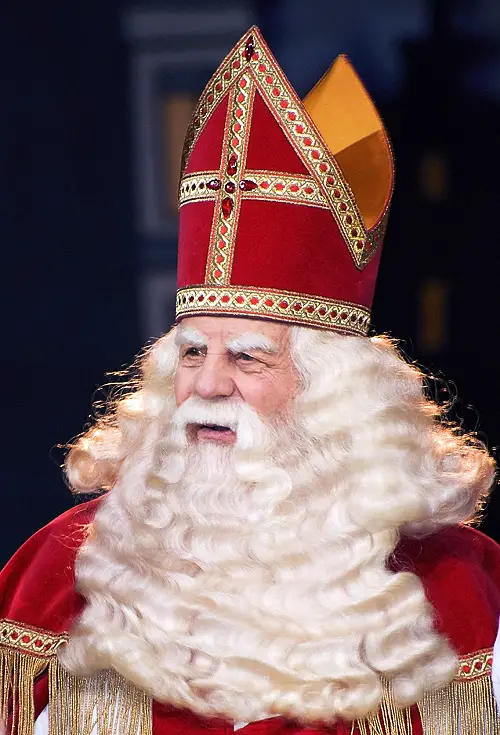
Chimneys and stockings
But since he didn’t want to let them know he was the one helping them, he did it anonymously by secretly sneaking to their house at night and dropping a purse containing gold coins into the house through the chimney. On its way down the chimney into the house, the purse of gold coins fell into a stocking that was being dried by the fireplace.
The family woke up the following morning and to their greatest astonishment found the purse of gold in the stocking. The gold coins enabled the first of the three daughters to get married.
Nicholas visited the poor man’s house on another occasion under the cover of darkness once again and repeated the same thing so that the man’s second daughter could also get married. On his third visit to the house to drop the third purse of gold coins for the third daughter to also get married, he was caught by the poor man, who had been hiding near the fireplace every night so he could see the benevolent person who had been gifting him money. Nicholas implored him not to tell anyone that he was the one behind all the gifts.
However, the news of Nicholas’ generosity eventually spread like wildfire to the point where whenever someone received an anonymous gift, they assumed it was given to them by Nicholas. Owing to his immense kindness, Nicholas was eventually made a Saint, a patron saint of children.
Today, Saint Nicholas’ feast day is observed on 6th December, which is the anniversary of his death.
How Saint Nicholas became Santa
The legendary stories of St. Nicholas first made their way across Europe to America when Dutch immigrants brought the story of Saint Nicholas from Europe to America. In December of 1773, a New York-based newspaper New York Gazette (now known as the Daily Gazette) brought public attention to Saint Nicholas when they released a news story of some Dutch immigrants in New York who had converged to celebrate Saint Nicholas’ feast day on 6th December. The December of the following year, the newspaper once again covered the Dutch settlers’ celebration of Saint Nicholas’ feast day.
The Dutch settlers had nicknamed Saint Nicholas “Sinterklaas”, which is the short form of the word “Sint-Nicolaas”. “Sint-Nicolaas” is Dutch for “Saint Nicholas”. The phrase “Santa Claus” was eventually extracted from the word “Sinterklass”.
Origin of Santa’s Appearance Today
Santa’s image became known during the 19th century, especially in the United States and Canada as a result of a number of anonymous publications.
In 1821, a children’s poem with illustrations featuring Santa titled Old Santeclaus with Much Delight was published. This poem is so far the first known publication to both mention and show illustrations of Santa Claus. In the poem, Santa is described and seen riding a reindeer sleigh and delivering presents to children. Also, the poem is the first known publication that talks about Santa arriving on Christmas Eve.
Another anonymously published poem in 1823 titled A Visit from St. Nicholas (also known as ‘Twas the Night Before Christmas or The Night Before Christmas). The poem is believed to have been written by scholar Clement Clarke Moore or writer Henry Livingston Jr. This poem also talks about Saint Nicholas (Santa Claus) on a sleigh being pulled by eight reindeer, delivering gifts to children. The writer described Saint Nicholas, among other adjectives, as chubby, plump, jolly and old.
It was not until in 1863 that Santa’s modern image (the one that we all know today) was defined by the German-born American political cartoonist Thomas Nast. On 3 January 1863, Nast’s complete illustration of Santa was published in the American political magazine Harper’s Weekly. Not only was Nast responsible for creating the happy, chubby and elderly face that Santa has today, but he is also believed to have been responsible for creating the story of Santa’s home being situated at the North Pole.
As the years passed by, other mediums such as radio and television have played notable roles in further cementing and promoting the Santa stories and image.
Santa’s Profile in various Countries
In the United States, Canada and so many other English-speaking countries, Santa is traditionally known as that elderly man with a long white beard who wears red clothes and black boots and delivers presents to children during Christmas. But did you know that Santa’s image isn’t like this in countries all over the world? Not every child sees the Santa dressed in red and white costume. Here is how the Christmas icon is represented in some countries in the world.
Santa Claus and Krampus in Germany
In Germany, Santa is believed to travel with an evil counterpart named Krampus who punishes bad children while Santa puts happiness in the hearts of well-behaved children by presenting them with gifts. The fear of Krampus and his punishment sometimes makes children stay awake throughout the eve of Christmas.
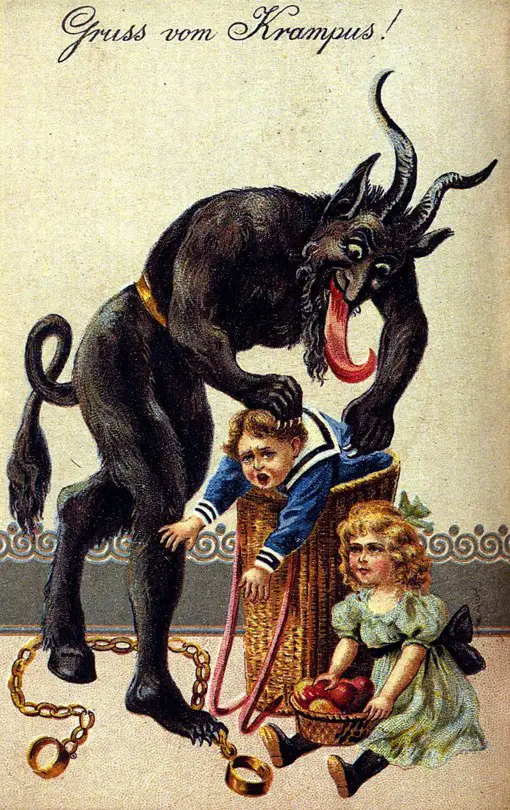
Father Christmas: Santa Claus in the United Kingdom
In the United Kingdom, Santa is also known as Kris Cringle or Father Christmas. Though today the British see him in a red and white outfit carrying presents for children, he used to appear in a green outfit and carried no presents with him. Instead of giving out presents to children, he would visit people’s homes only to eat and drink.
Santa Claus in Italy
La Bafana is an old witch depicted in Italian folk stories. She goes about distributing gifts to Italian children as a means to make up for her previous evil deeds. This ceremony happens on January 6 of each New Year.
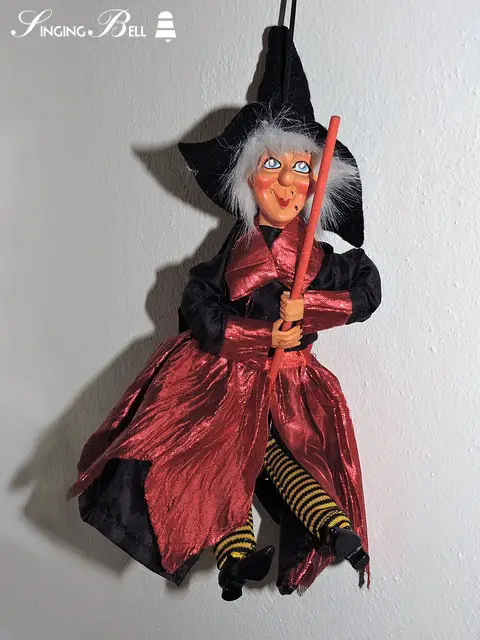
Santa Claus in Greece
For Orthodox Christian Greeks, Santa Claus is Saint Basil (Άγιος Βασίλης), who lived in Cappadocia and spent almost his entire life in helping his fellow man. He is historically considered as the initiator and first creator of organized charity. He died on January 1st, 379 aD, so in Greece he is supposed to bring gifts on New Year’s Eve, the eve of his Orthodox name day.
Santa Claus in Spain
Santa Claus is represented in Spain as the Los Reyes Magos, also called The Three Kings. These personalities move within the streets of Spain on 6th January each year presenting the children with gifts ranging from pastries to all manners of delicious sweets.
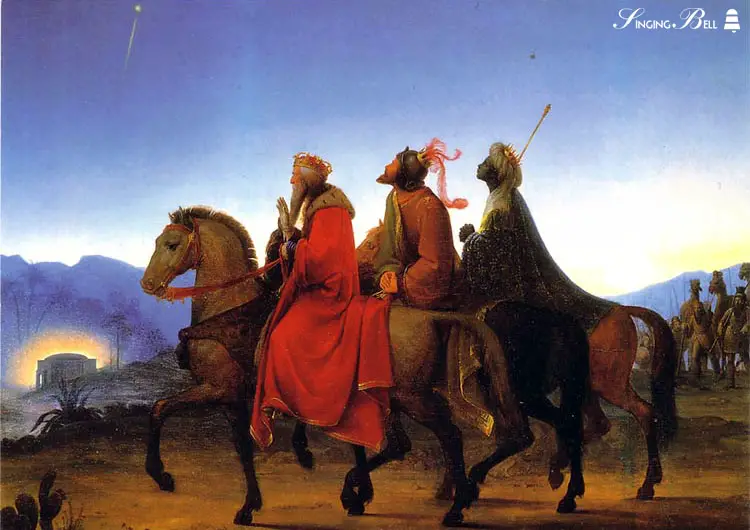
Santa Claus in the Netherlands
In the Netherlands, Santa Claus, who is referred to as Sinterklaas, comes in the company of his helper Black Pete (Zwarte Piet). The pair has been a part of Christmas celebration in the Netherlands from as far back as the 19th century.
According to Dutch folk stories, Sinterklaas and Black Pete, a Moor from Spain, always visited children during Christmas to shower them with gifts. In our days, December 5th is when Sinterklaas (St. Nicholas) brings Dutch kids their presents!
As a result of this, during Christmastime, the young and old customarily dress like Black Pete by painting their faces black, wearing short curly wigs and painting their lips red. Though the tradition has been with the Dutch for centuries and makes their Christmas more fun and exciting, there are controversies surrounding it owing to the fact that it is widely seen as racist in and outside the country. Many have therefore called for the tradition of the black-faced Black Pete banned.
Santa Claus in Finland
In Finland it is believed that a man once turned into a goat on the 24th of December. This man is symbolized by a Yule Goat (Joulupukki), which is also known as the Christmas Goat. During the yuletide season, the Yule Goat comes in the company of his friend to deliver gifts to children who have been nice.
Did you like this post? Rate it!
You may also like:
Christmas Songs Sheet Music | 12 Scores for Free Download
Top 10 Music Christmas Gifts for Kids
20 Best Christmas Carols for Karaoke You Can Download for Free










